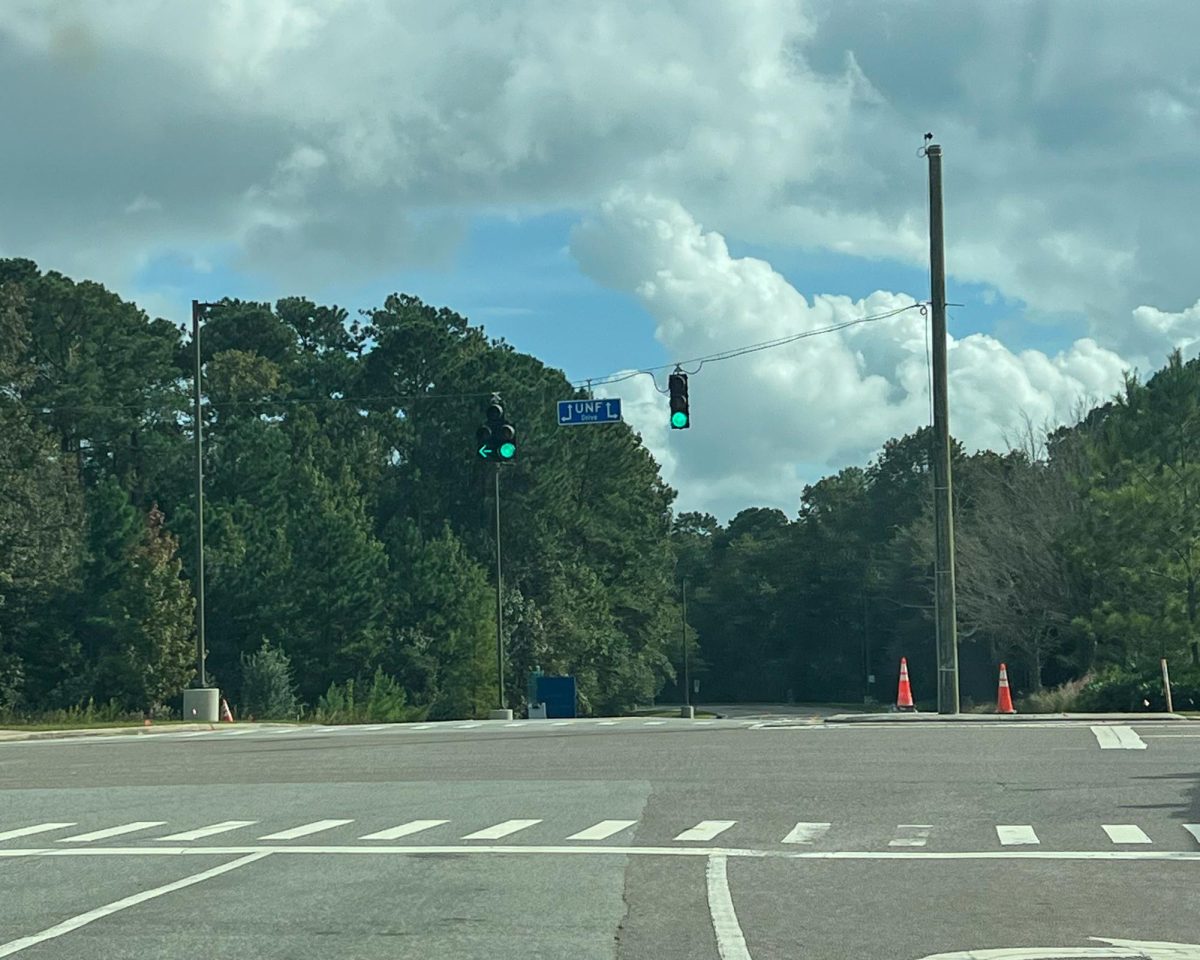By Mike Zaccardi
Early 2009 was a continuation of the historic crisis of late 2008, but it also brought a tremendous recovery in equity markets following the March 9 bottom. 2010 was largely a continuation of the rebound of 2009.
There is no “typical year” in the stock market, but 2010 came fairly close to one. The year started with a small rally, then a small correction in January and early February – this was a precursor of the spring and summer.
The focus turned from the recovery in the US, to the looming sovereign debt crisis in Europe. The market climbed a wall of worry from February through April, with the S&P 500 increasing more than 15 percent.
Finally, after several downgrades and riots in Greece, the Euro continued its descent. Investors flocked to the safety of the US Dollar and treasuries. The S&P fell from about 1220 in late April to 1010 in early July.
The tumultuous stock market turned many retail investors away. Sure enough, the market bottom coincided with the crescendo of retail investor pessimism. Main street investors who cashed out missed the major rally of the second half of 2010.
The S&P gained about 25 percent from July 1 to December 31. The US equity market closed 2010 at 27-month highs, recapturing all losses following the onset of the Lehman Brothers collapse.
Many stories marked 2010, but one of the most positive trends was the outperformance of the consumer discretionary sector and the retail industry.
Consider the circumstances in 2010 – unemployment around 10 percent, real unemployment around 17 percent, wage growth about stagnant, inflation at multi-decade lows.
All of these factors should make for a dismal retail performance. Despite these major headwinds, the consumer discretionary sector led the way.
Some of the reasons include: weak year-over-year comparisons, resilience of the wealthy consumers, who make up the majority of retail sales, and a strong Christmas season caused, in-part, to a rebounding stock market (the wealth effect).
Another story was the lack of confidence in the stock market by retail investors. Outflows from equity mutual funds were seen most of the year, despite the S&P beating its historical average return.
The Flash Crash of May 6 appears to have been the last straw for many risk-averse investors. People generally understand the stock market is risky and that there will be times when it declines sharply.
Investors, however, do not expect computers to cause a 1,000 point sell off on the Dow Jones Industrial Average and a 10 percent decline in their retirement savings on a single day when we are supposedly in a recovery.
Increasing commodity prices is yet another trend of 2010. Crude oil increased to 27-month highs and retail gas prices are now above $3. Precious metals gained once again – gold has been up in each of the last ten years. Copper is at all-time highs on strength among the emerging markets.
The BP oil spill occurred just at the market topped in April and hit the energy sector hard. The oil services ETF (OIH) fell 35 percent in the aftermath of the spill, but then ripped 60 percent from the 2010 bottom to be one of the top second half performers.
The Fed’s Quantitative Easing was one of the more controversial issues. The Fed hinted at QE 2 in August. The stock market rallied sharply, the US Dollar dropped, and treasuries yields fell in the weeks following Chairman Bernanke’s summer speech.
When the specifics of QE 2 were actually released in early November, the opposite occurred – the US Dollar rallied and interest rates increased substantially. The goal of QE 2 is to keep interest rates low to promote economic growth.
All of these issues will carryover into 2011. 2010 concluded with one of the most bullish runs in years, with December gaining 6.5 percent.












stock market | May 2, 2011 at 2:56 am
Glad to see this information.its very useful for everyone.thanks for sharing this post.
stock market